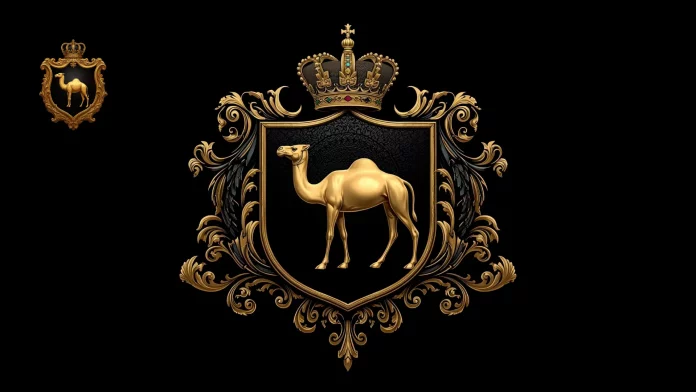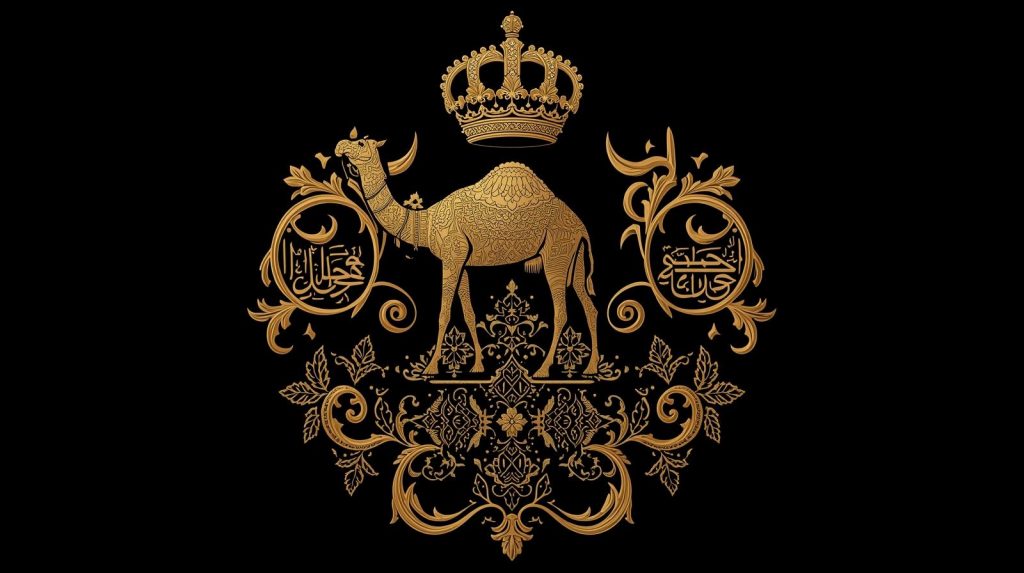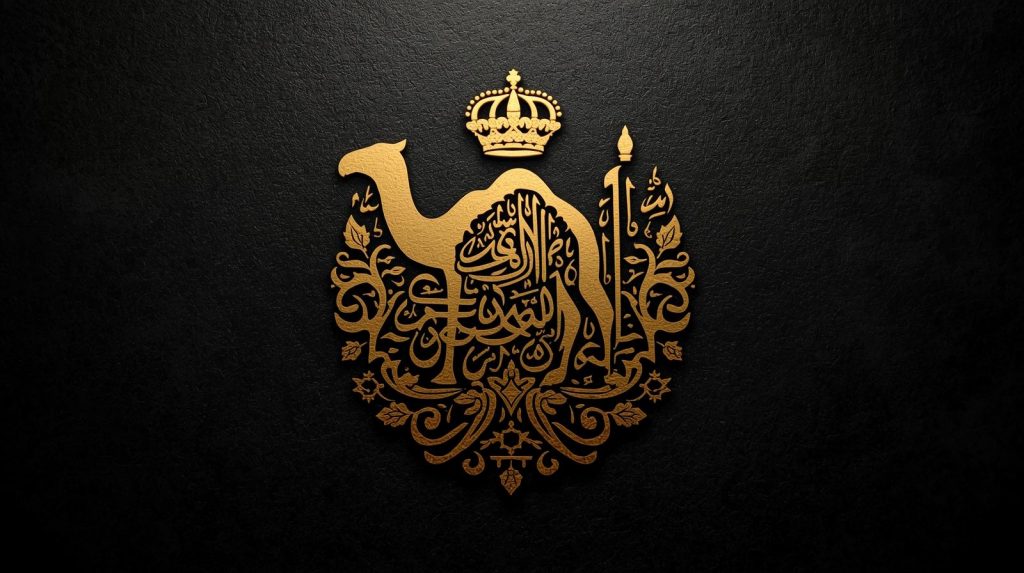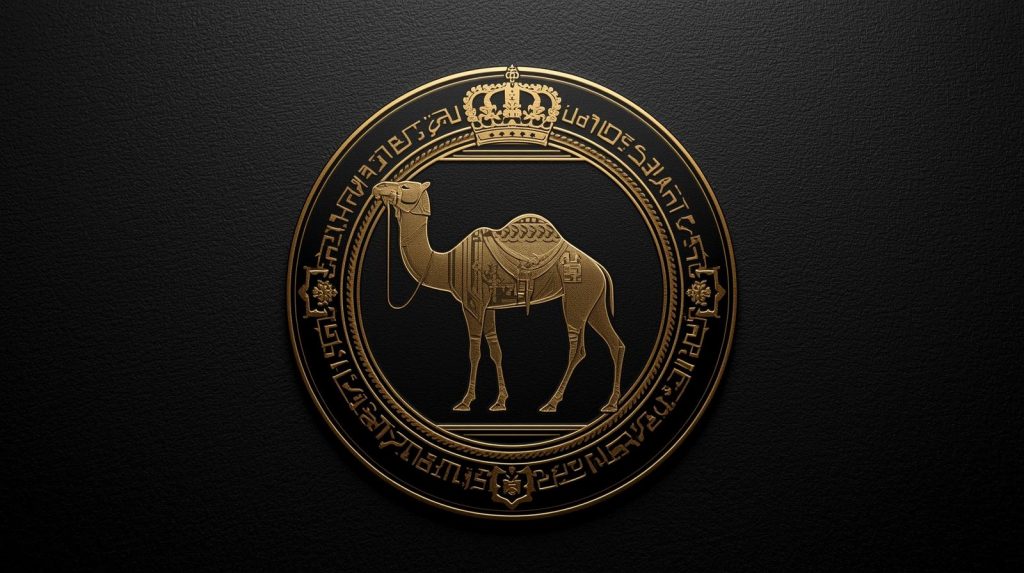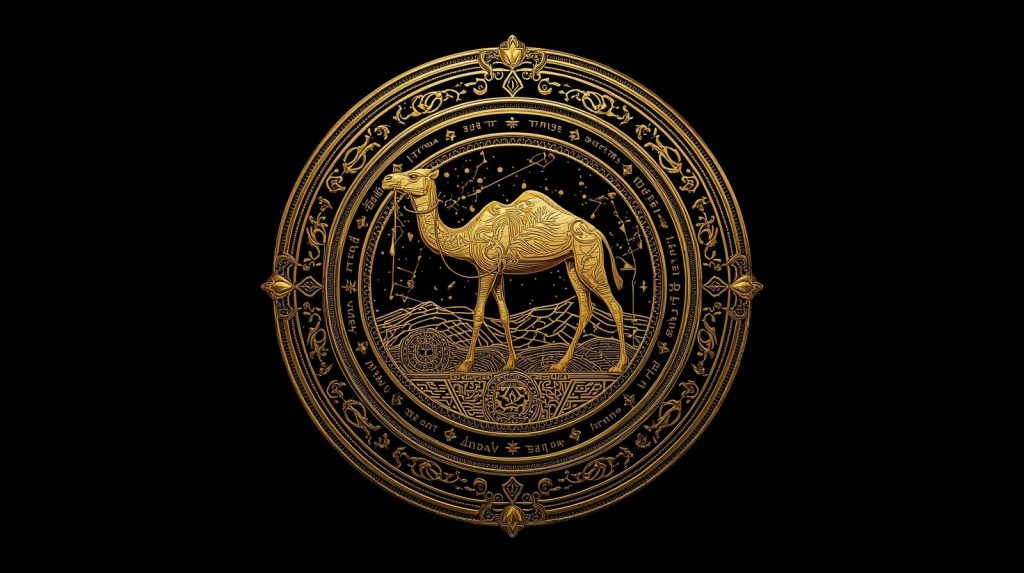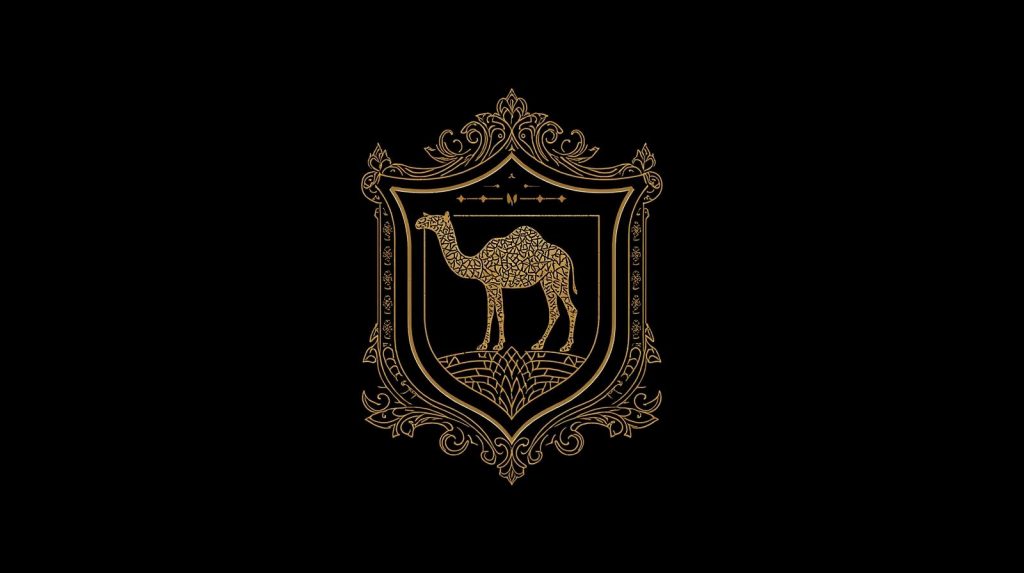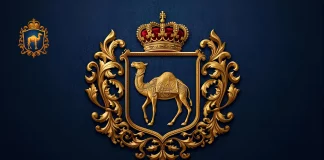Prologue
Investment is often portrayed as a discipline of numbers, charts, models, and forecasts. It appears as though decisions are born from spreadsheets, algorithms, and indisputable logic. Yet, when one observes how the most enduring fortunes of the past century were built, a different pattern emerges: people do not truly invest in assets — they invest in a belief about what, in time, will be acknowledged as truth.
At the earliest stage, the road to value rarely looks compelling. Major opportunities seldom arrive with noise; they appear quietly, almost politely, as if offering a discreet invitation. Only a few notice them. And those who recognise their meaning early gain an advantage that others cannot purchase retroactively.
Investment, at its core, is less about the present and more about a future one chooses to believe in. The further that “future truth” stands from today’s consensus, the fewer there are who see it — and the greater the space for those who do.
People Do Not Buy an Asset — They Buy the Confidence That It Will Grow
When capital moves toward a company, a work of art, a rare object, or a digital asset, the purchase is not merely of the item itself. It is a quiet acquisition of confidence: the belief that the world will one day value it more than it does now.
Two people may look at the same asset and see entirely different things.
One sees risk; another sees asymmetry in their favour.
One sees price; another sees value.
One sees what is; another sees what it could become.
That difference in perception is often the difference between participation and regret.
History Shows: The Greatest Fortunes Were Built on Ideas Few Initially Believed In
It is effortless to admire what has already become undeniable. The challenge lies in recognising merit when it is still wrapped in uncertainty.
Every breakthrough — technological, cultural, or economic — once carried an air of absurdity.
When the internet emerged, notable financial voices dismissed it. “News will always live on paper; people need to hold it,” they insisted. Bookstores claimed that readers would never buy literature without first touching the pages. And yet, the most transformative businesses of our time were being born at that very moment.
Amazon began as a modest online bookstore — a premise many experts ridiculed as fragile and narrow.
Apple was once a small group of enthusiasts in a garage building “strange, unnecessary computers.”
Bitcoin was considered an experiment for libertarian idealists and cryptography hobbyists.
Time gradually transformed doubt into admiration.
Those who recognised conviction earlier did not rely on miracles — they relied on foresight.
Investment Is a Vote for a Future “Truth,” Not for Present Reality
Every investment decision is, in essence, an act of voting — a declaration of where one believes truth will settle years from now.
Investing is not a snapshot of the present; it is a projection across time.
A company, an asset, an idea — they are assessed not for what they are today, but for what they may justify becoming.
If time affirms the thesis, the investor becomes visionary.
If not, the world simply was not ready to agree.
This is what separates the investor from the observer.
Observers wait for proof.
Investors recognise the shape of proof before it materialises.
Markets rarely reward those who arrive after certainty has been established.
New Ideas Appear Uncomfortable Before They Become Obvious
There is a recurring pattern in human perception: what feels unfamiliar today often becomes inevitable tomorrow.
At first, automobiles were dismissed as impractical luxuries.
Telephones as unnecessary disruptions to the dignity of handwritten letters.
Credit cards as implausible concepts — “How can one pay with money one cannot see?”
What was once abnormal becomes the new standard.
And when it does, people claim it was “inevitable.”
But inevitability is a conclusion, not a starting point.
Those who benefit most are rarely those who waited for clarity.
They are the ones who recognised direction when it was still faint — when the idea had not yet grown strong enough to defend itself.
Reason Often Arrives Late — Understanding Comes After Reality Has Shifted
Human cognition has a tendency to defend the familiar. When something new appears, logic initially resists — not because it is flawed, but because it threatens existing mental architecture.
Innovation is uncomfortable.
It asks the mind to expand, to reassess, to step into the uncertain.
Understanding almost always lags behind reality.
Only after a shift becomes widespread does logic claim ownership:
“We always knew this made sense.”
In hindsight, explanations are abundant.
But by then, the value has already been distributed among those who did not require proof.
It is within this gap — between emergence and recognition — that the greatest opportunities reside.
NFT: A Neutral Vessel — Meaning, Not Format, Creates Value
In recent years, the term “NFT” has been either glorified or dismissed, often for the wrong reasons. For some, it became a symbol of swift, speculative gains. For others — a synonym for hype without substance. Yet an NFT, in its essence, is neither promise nor illusion. It is simply a vessel — a technological framework that certifies uniqueness and ownership in the digital space.
A format, however elegant or modern, does not create value on its own — just as a frame does not determine the greatness of a painting.
An NFT is akin to a container. The question is not whether the container is appealing; the question is what it carries through time.
The true and only worthy inquiry is:
What deserves to be preserved in digital form — and why will it matter decades from now?
Not All NFTs Are Equal: The Divide Between Noise and Digital Heritage
Every emerging frontier attracts noise. The NFT space did as well.
Many projects attempted to harvest attention rather than create legacy. Images without story, symbols without lineage, ideas without roots. Some rose abruptly on speculative fever, only to fade into digital oblivion.
Yet, apart from the noise, another movement quietly formed — one that viewed NFTs not as a gamble, but as a medium for safeguarding value that existed long before the blockchain, and will exist long after it.
If museums preserve cultural artefacts for future generations, NFTs may be regarded as the museums of the digital era. But a museum does not display the trivial — it curates what holds meaning.
The wise collector asks not, “What is popular now?” but rather,
“What will remain meaningful when passing trends have dissolved?”
Symbols Endorsed by Time Possess a Greater Probability of Enduring Value
A principle discreetly recognised among discerning investors is this:
What has endured time is more likely to endure further time.
When a symbol, narrative, or object has served as a vessel of meaning for decades — or centuries — it has already survived the most rigorous test: relevance across eras.
Unlike manufactured trends, which appear to provoke attention, true symbols require no justification. They are recognised intuitively, even across geographies.
In a world intoxicated by speed and novelty, such symbols act as anchors.
They offer continuity, identity, and a thread through history.
And when something timeless adopts a new technological form, its value is not invented — it is extended.
The East’s Enduring Cultural Icon: A Symbol That Needs No Introduction
Across civilisations, certain symbols speak on behalf of entire cultures. They are more than imagery; they are repositories of memory, character, and collective soul.
In the East, the camel holds such a place.
For centuries, it was not merely an animal. It was a companion of journeys, a bearer of trade, a guardian of life across vast deserts. In Arab heritage, the camel represents resilience, patience, dignity, and the wisdom of pacing oneself through life’s long distances.
It is a symbol born not of marketing, but of lived reality.
Caravans crossed empires upon its back.
Poetry and folklore revered its grace.
Families survived because of its endurance.
Its meaning was granted by time, environment, and civilisation — not by trend or design.
Symbols of this nature require no campaign.
Their value is acknowledged, not advertised.
Rooted Value Outlasts Fashion
Culture has long understood what markets periodically forget: fashion is fleeting, but heritage compounds.
Whether in art, couture, literature, or national identity, the artefacts that persist are those tied to history rather than hype. When the world changes, they do not vanish; they adapt.
Investors who seek preservation alongside growth look for assets aligned with human continuity, not seasonal excitement. If a symbol has been relevant across generations, a new form of expression does not dilute it — it elevates its reach.
When the Timeless Meets the Technological
Value emerges where two forces converge:
- that which has stood the test of time, and
- that which carries value into the future.
When a cultural symbol enters a digital medium, the purpose is not to modernise the past, but to build a bridge between epochs.
It resembles the careful digitisation of ancient manuscripts or the archival of heritage in virtual museums. The format evolves — the essence remains.
Eastern wisdom suggests that a journey retains its purpose only when its origin is honoured.
If a symbol embodies the memory of generations, technology becomes not a reinvention, but a continuation of its path.
To Recognise Value Is to See It Before the Evidence Appears
A common misconception is that successful investors “predict” the future. They do not.
They recognise beginnings — faint signals others dismiss — and act while proof is still invisible.
Prediction is guesswork.
Recognition is perception.
Most people accept an idea only after it has accumulated proof, endorsement, or popularity. But by then, the opportunity has already been priced in — claimed by those who acted with vision rather than permission.
Early recognition is not recklessness.
It is the ability to hear the distant footsteps of inevitability.
Time Is the Ultimate Validator of Worth
Among all forces that evaluate value, time remains the most incorruptible.
It erases the trivial. It exposes the artificial. It forgets what was never rooted in meaning.
What survives time gains not only endurance, but authority.
Heritage is stronger than trend because heritage has already passed through the filter of centuries.
Technology shifts faster than culture — but culture, when authentic, can inhabit any new medium without losing its essence.
The digital era is not a departure from legacy; it is a vessel capable of carrying legacy farther than geography once allowed.
The Greatest Opportunities Speak Softly
One mark of wisdom is the ability to hear what others overlook.
Significant opportunities seldom arrive with applause.
They enter quietly — as a subtle shift, a new pattern, a whisper rather than a declaration.
At first, such opportunities appear modest, unconventional, or “too early.”
But contained within that modesty is their power: what is real does not need noise to exist.
When the world finally recognises the value, the door has already narrowed for those who waited for certainty.
The Future First Appears Unreasonable — and Later Becomes Self-Evident
Ideas that later shape history rarely seem logical at inception.
Only after they settle into collective acceptance do they acquire the label “inevitable.”
The cycle repeats in every era:
- Rejection: “It makes no sense.”
- Curiosity: “There might be something here…”
- Acceptance: “It makes sense.”
- Revisionist memory: “We always knew.”
But acceptance is the final chapter — not the first.
And once consensus arrives, the asymmetry is gone.
Investing Is Not About Assets — It Is About What Time Will Confirm as Truth
Behind every lasting fortune lies not luck or bravado, but the ability to place conviction where the world has not yet placed agreement.
A wise investor does not seek guarantees; they seek meaning that time can validate.
Asset classes will evolve — from equities to digital property, from tangible art to tokenised heritage.
Yet the principle remains unchanged:
True investing is the selection of a future the world has not yet acknowledged — but time ultimately will.
For some, NFTs are merely technology.
For others, they are a medium through which cultural truth travels into the future.
For some, symbols are imagery.
For others, they are identity — and identity compounds with time.
If something holds wisdom, heritage, and the weight of centuries, a new form of expression does not manufacture value — it extends the journey of value.
Epilogue
Investing is not a race to follow trends, nor a pursuit of noise.
It is the art of recognising depth where others see novelty.
The greatest opportunities rarely declare themselves.
They arrive as subtle invitations — to those prepared to understand.
What appears to require explanation today will one day require none.
Some will say, “We knew.”
Others will admit, “We waited.”
But a few — the very few — will smile quietly, knowing they recognised truth before time pronounced it.
For in the end, one invests not in assets —
but in what time will one day confirm as truth.

